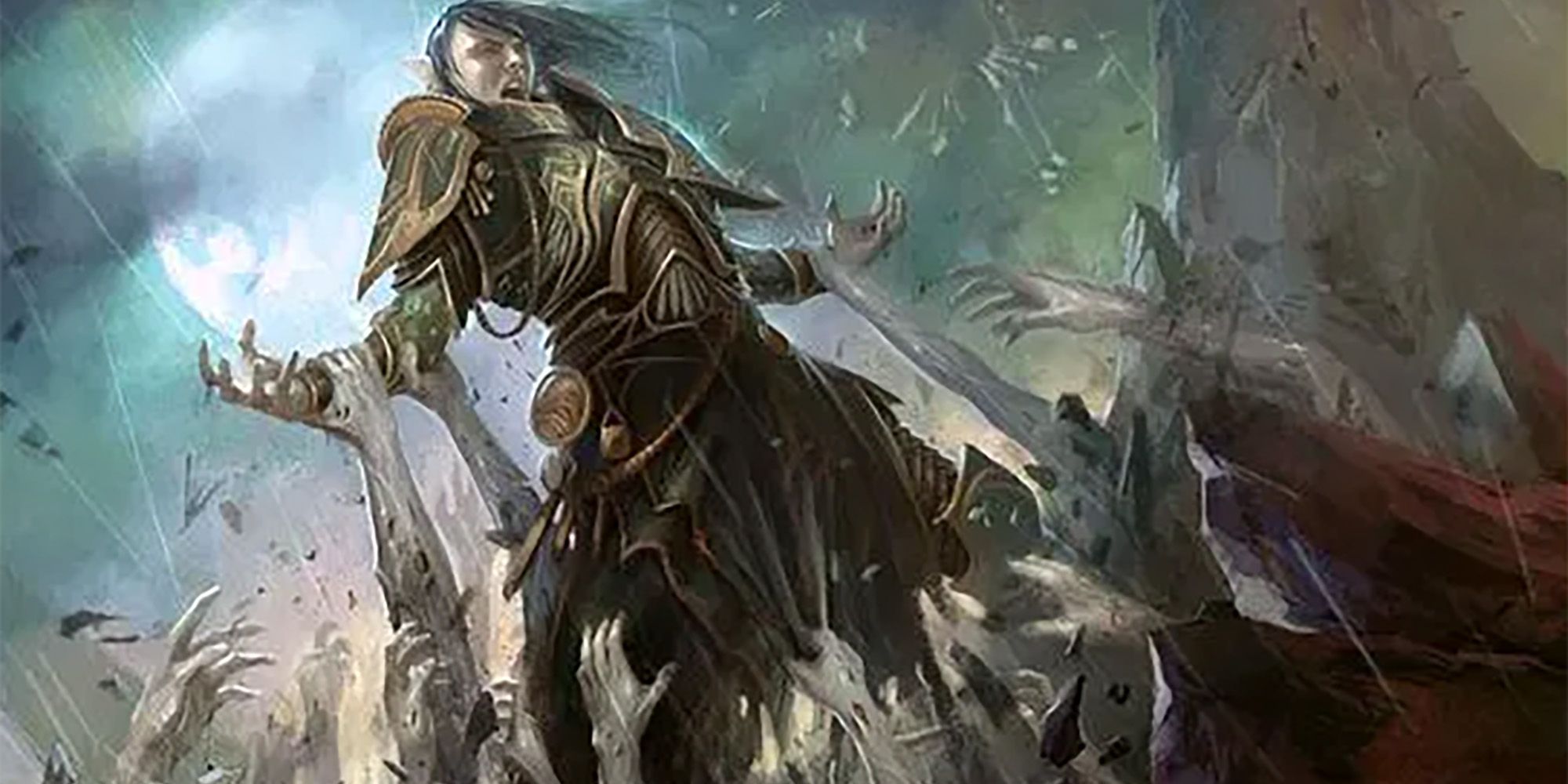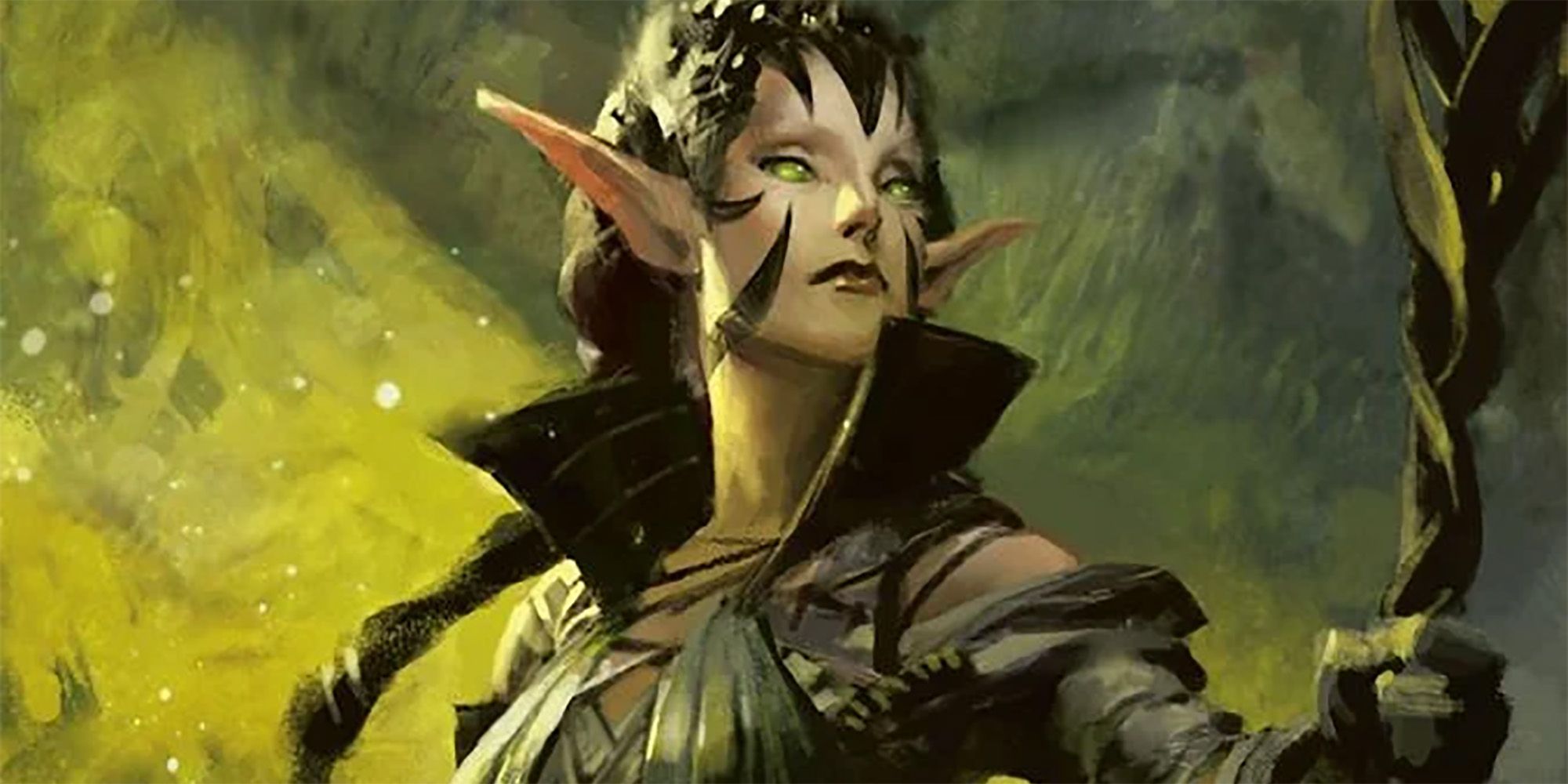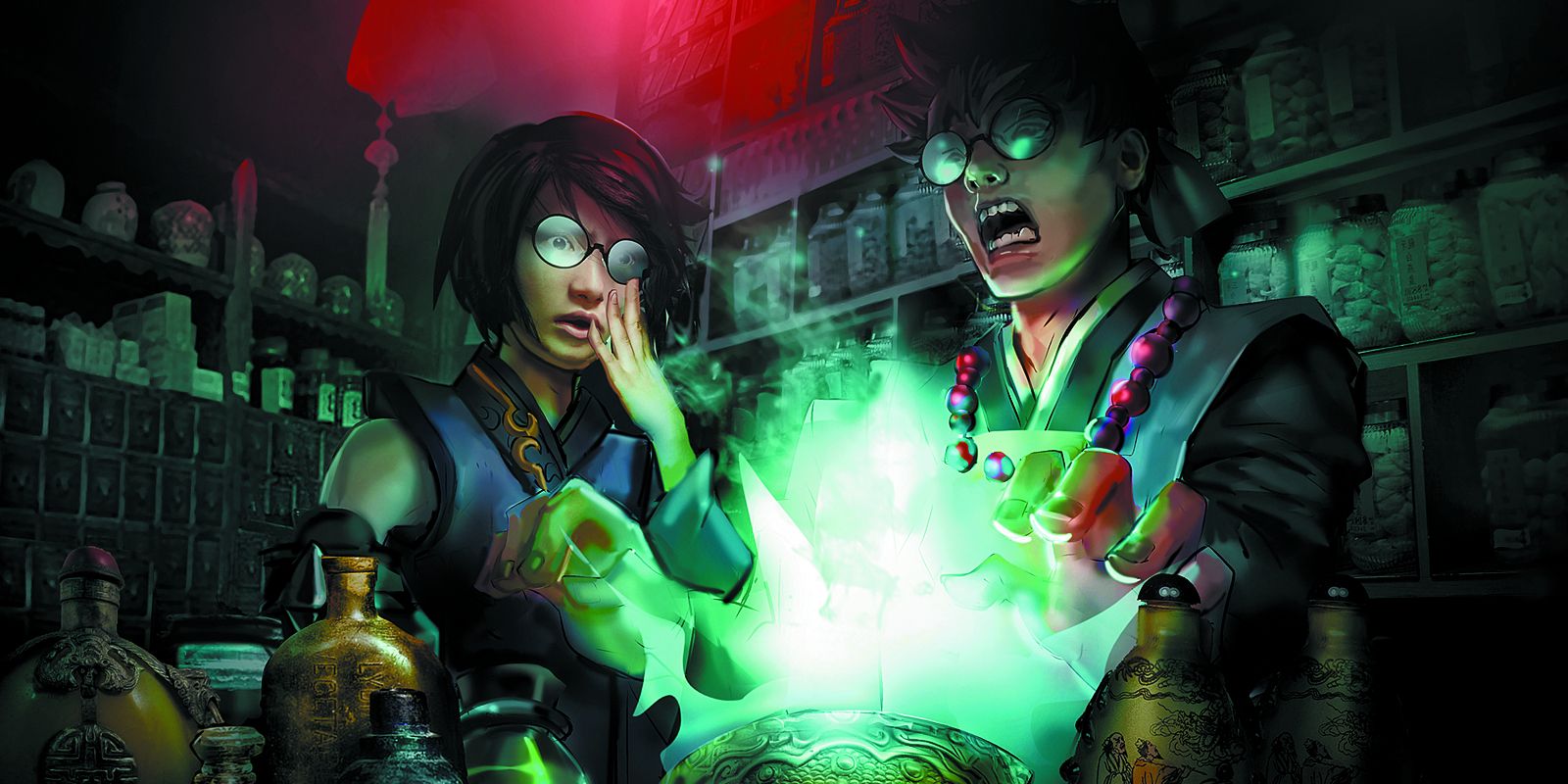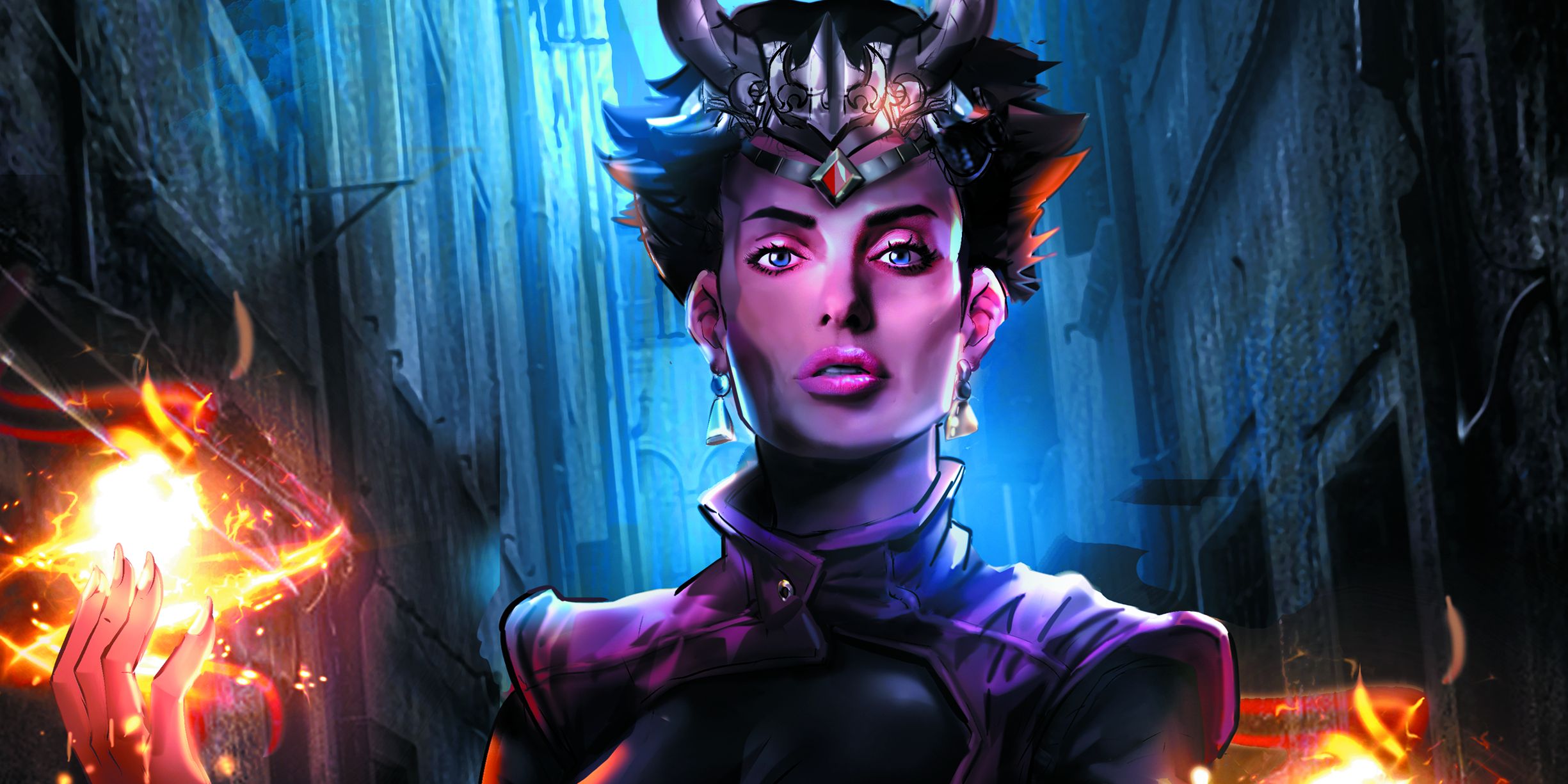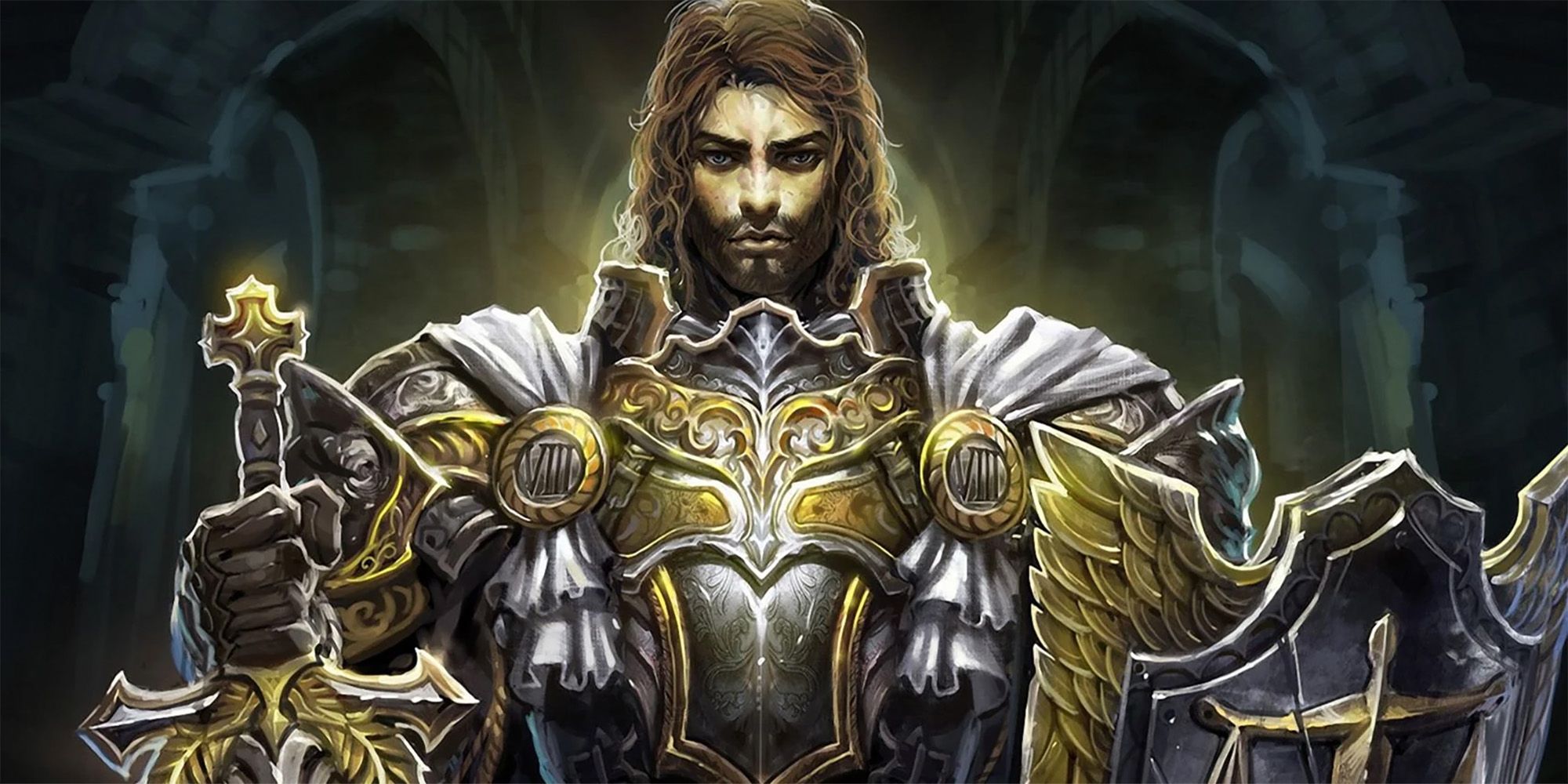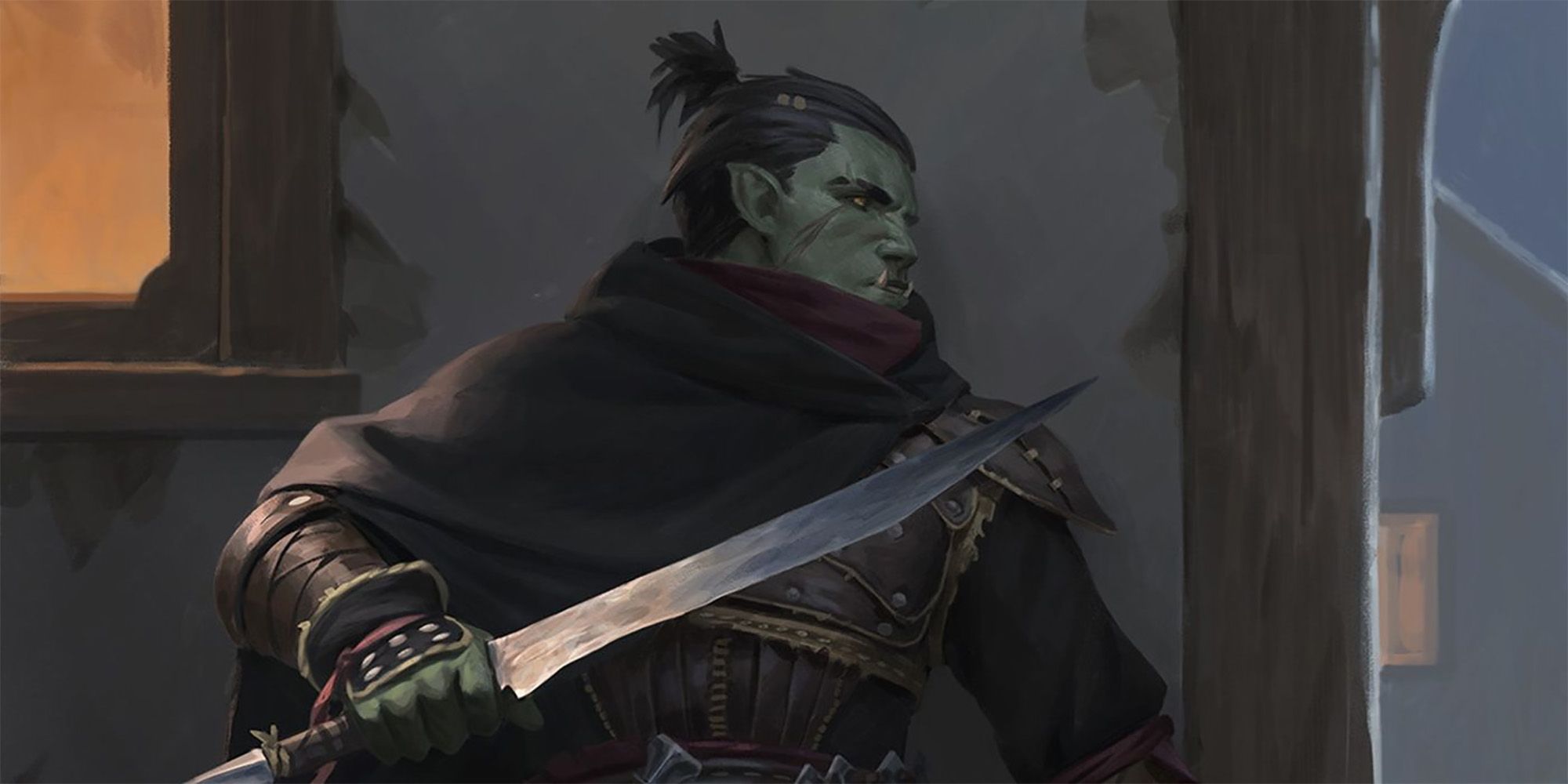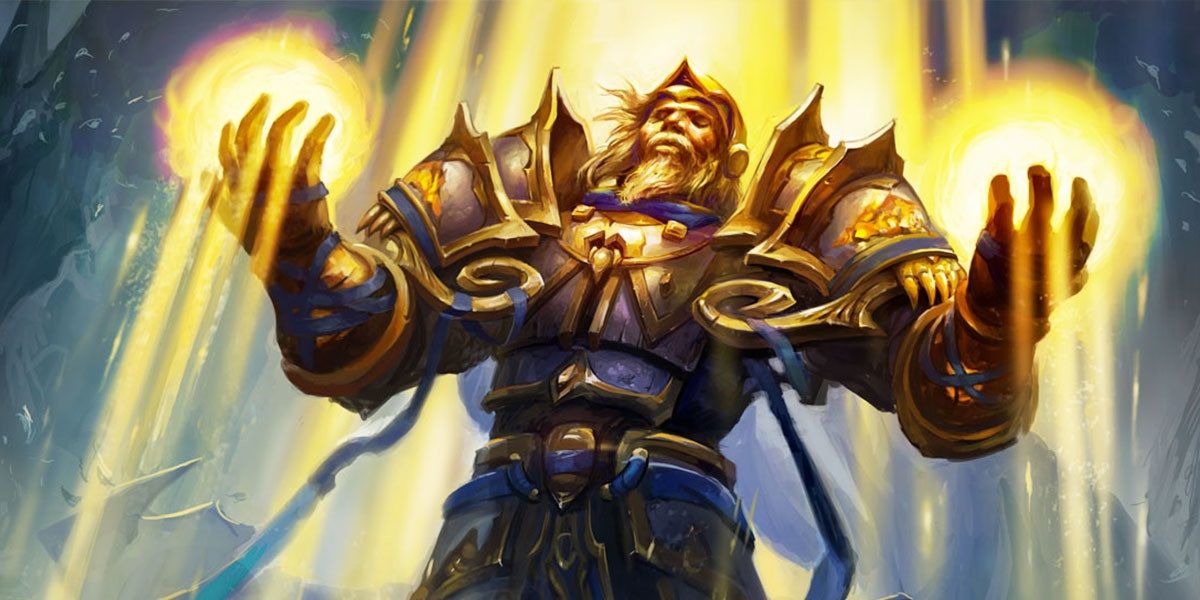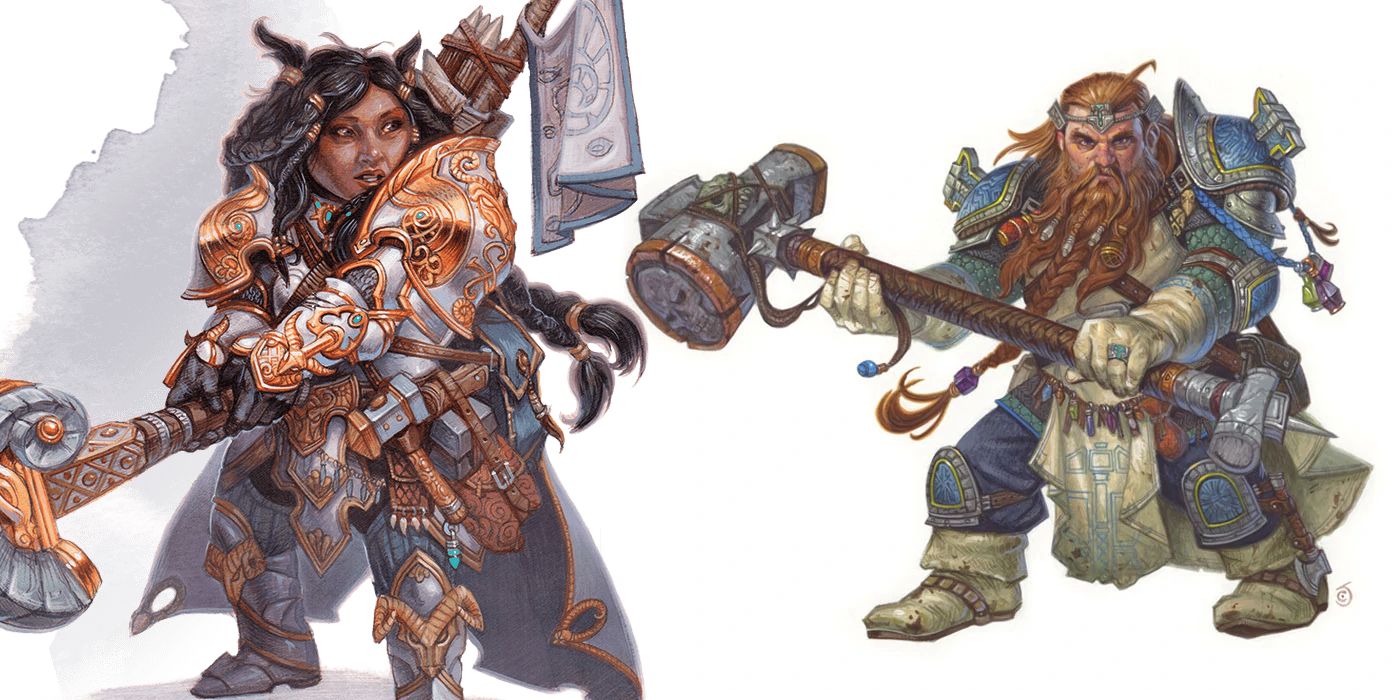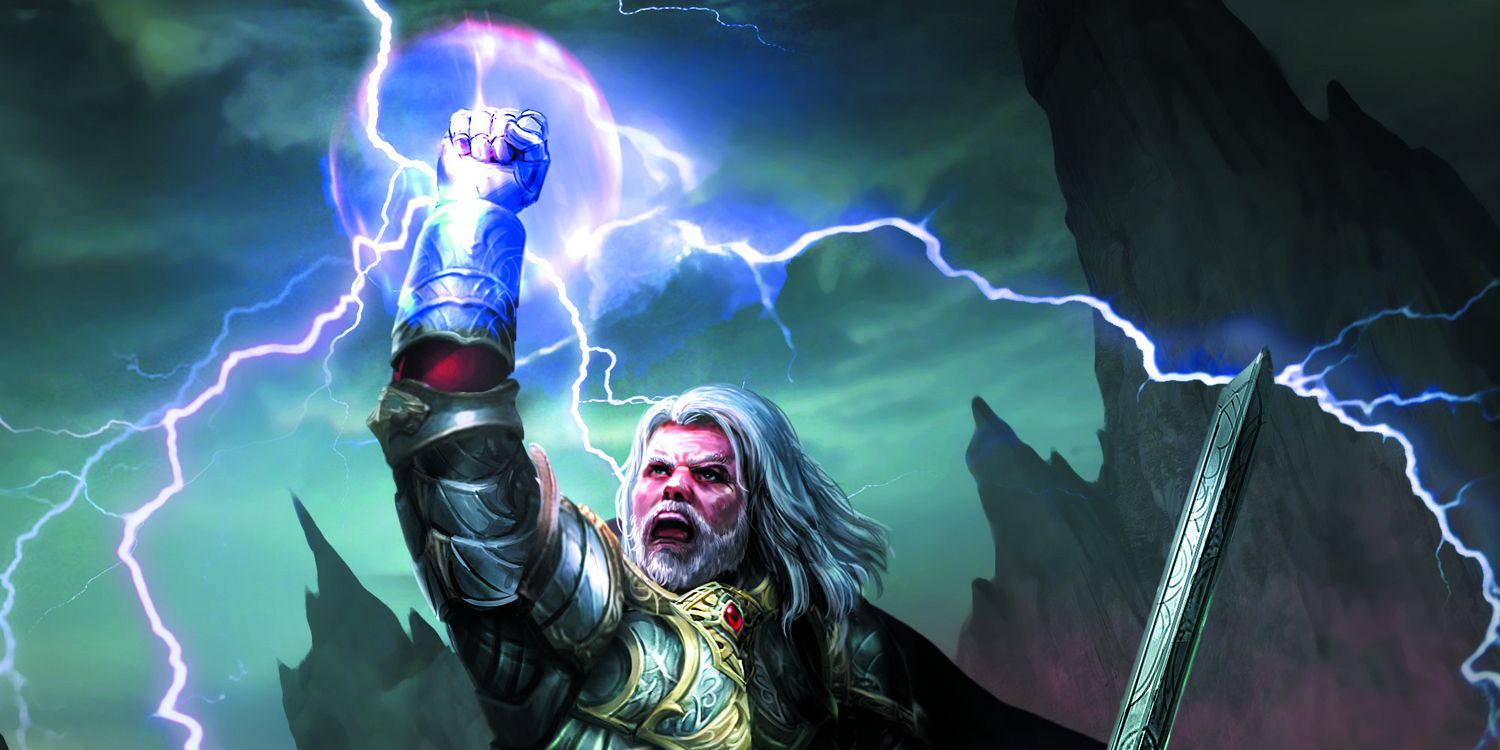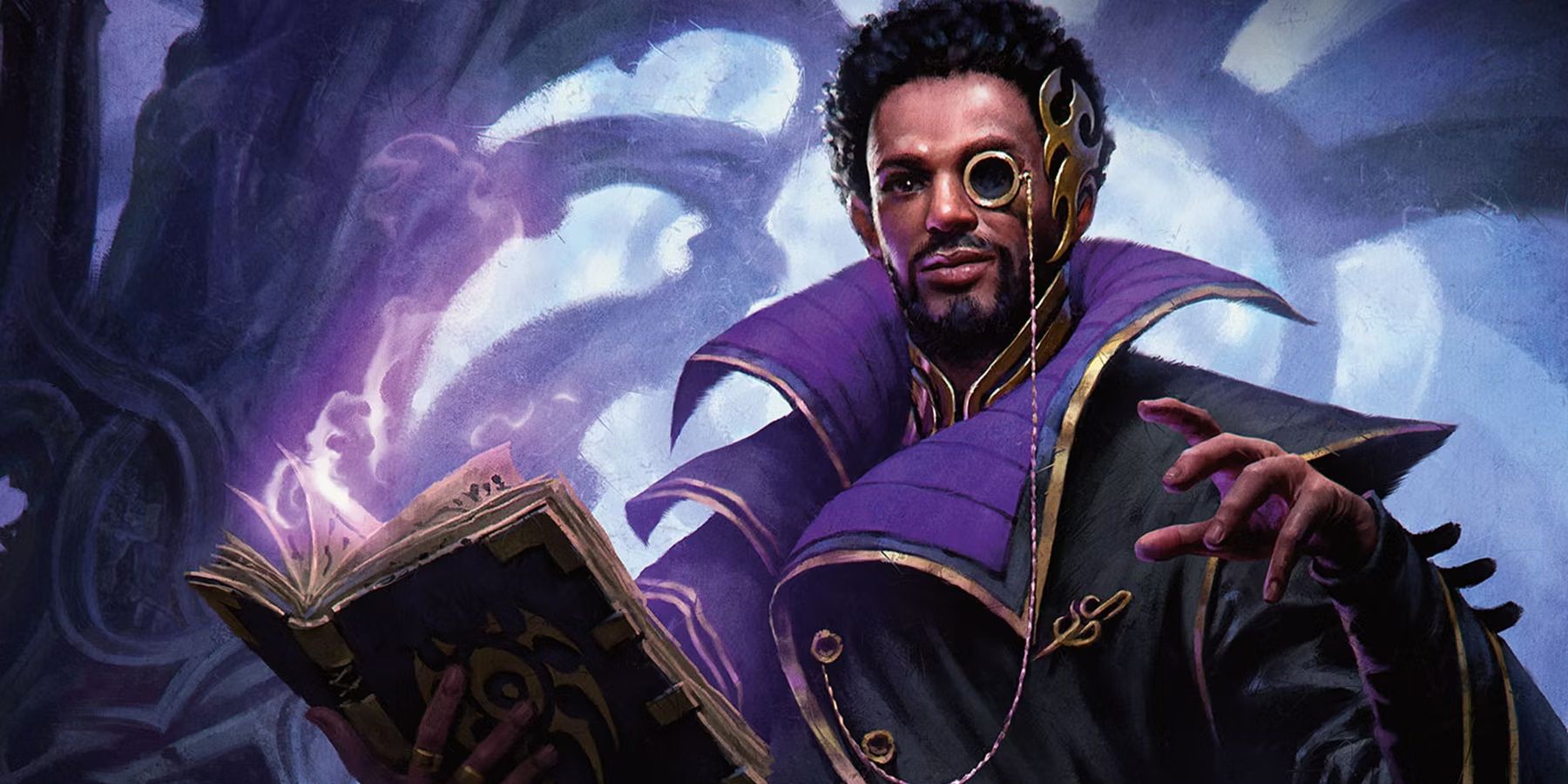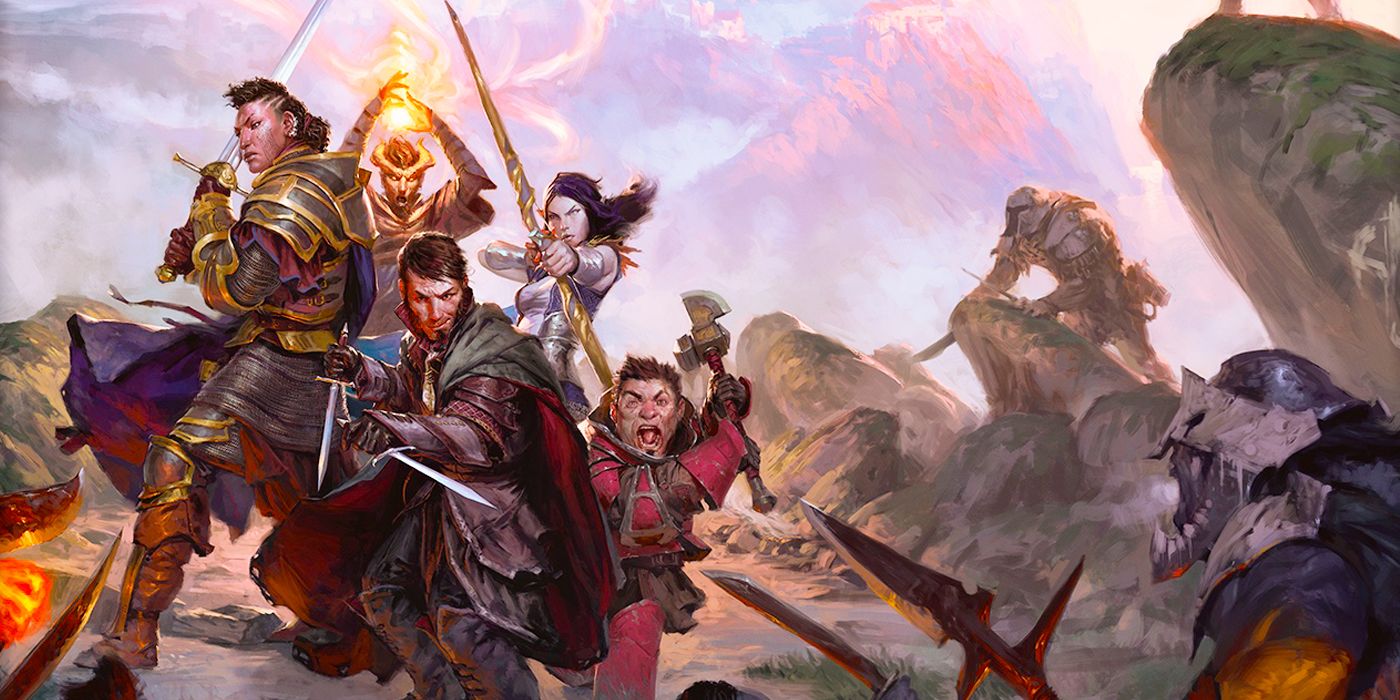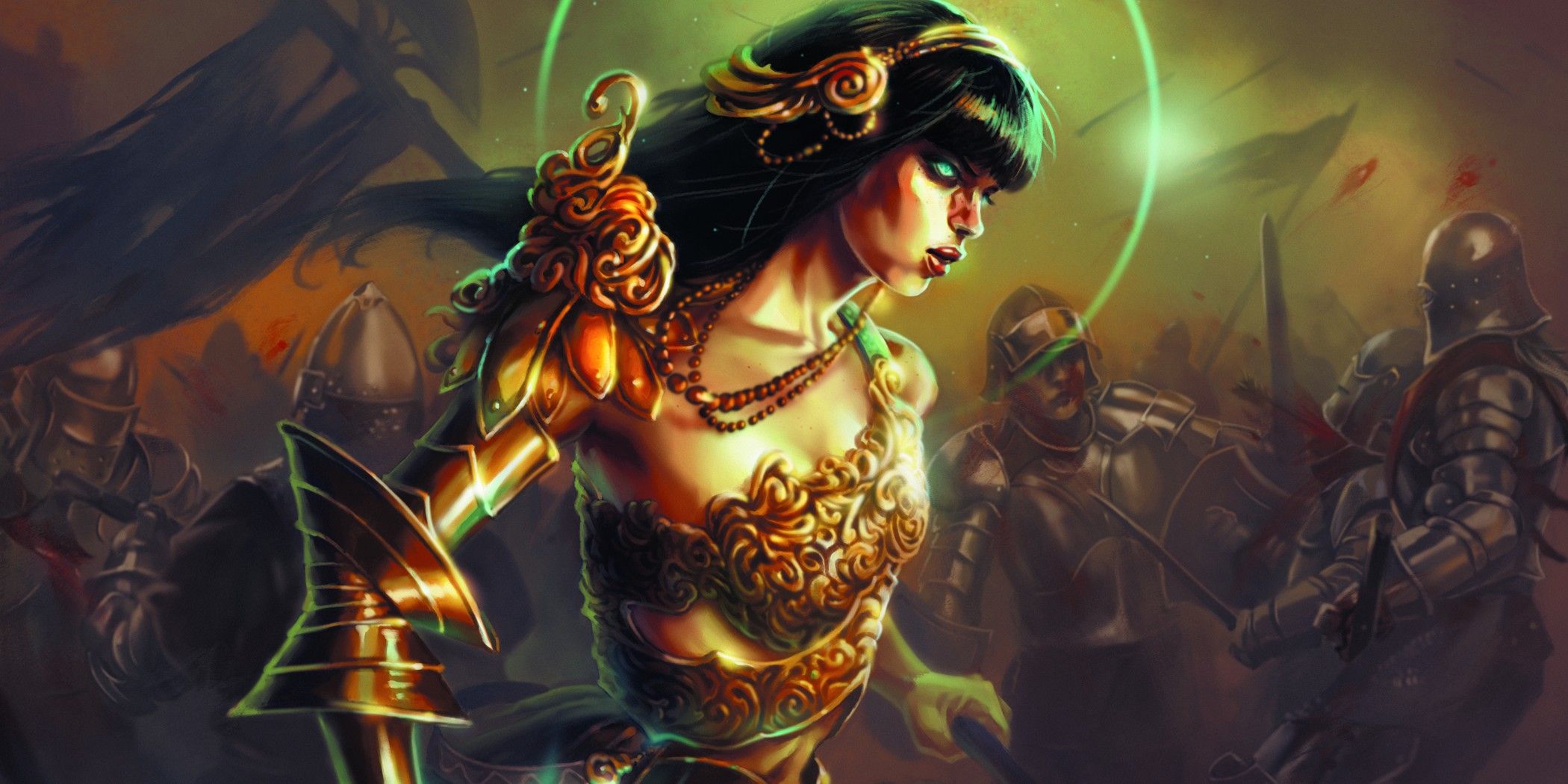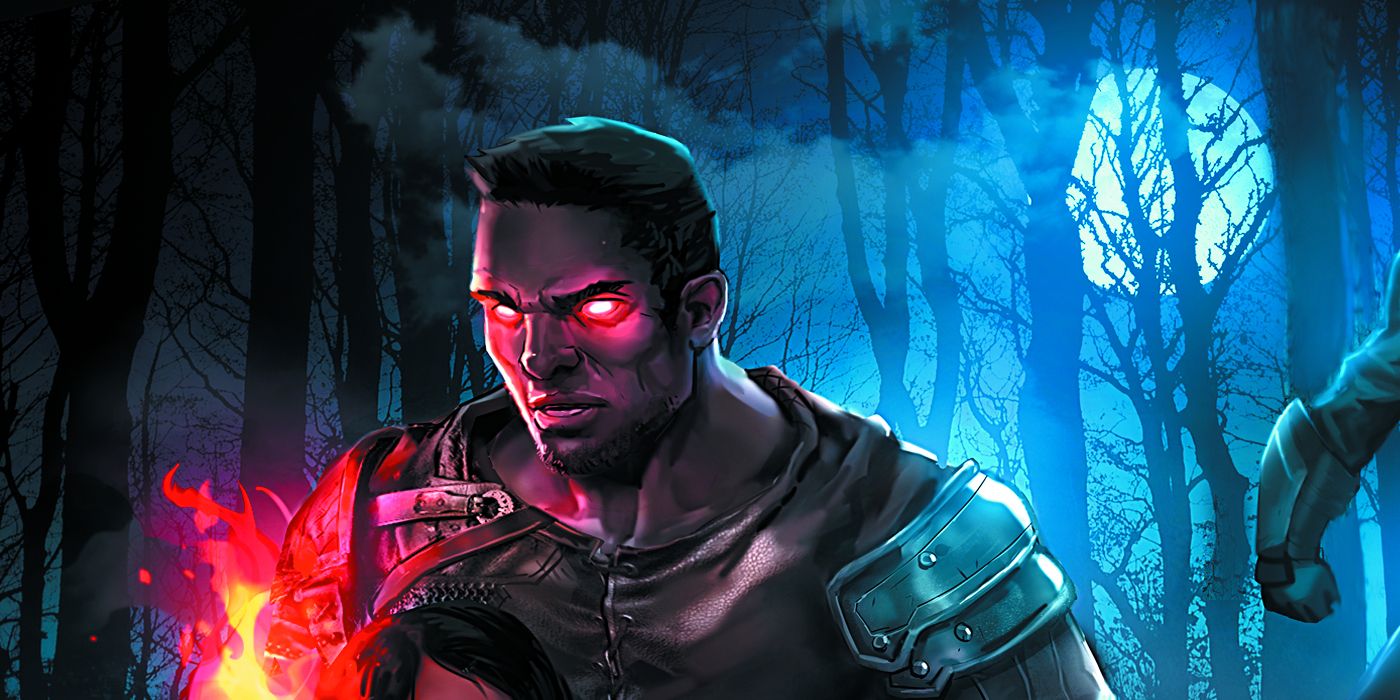In Dungeons & Dragons Fifth Edition, the Cleric class is powerful, capable of healing, buffing, taking hits, and dealing damage, all before even choosing a domain. The class is a full spellcaster with a powerful and versatile spell list, capable of wearing medium armor and using a shield. Each domain option either strengthens one of the core aspects of the class or covers up for its weaknesses, from adding heavy armor or skill proficiencies, spells from other spell lists, or entirely unique abilities.
While narratively, cleric subclasses in 5e will be closely tied to their choice of deity or higher power, it's important to pick one that satisfies a player's mechanical desires as well. Domains can turn clerics into melee monsters, fonts of life capable of out-healing damage taken, skilled explorers, magical artillery and anything in between. However, not all domains are equally useful or interesting.
Updated on February 16th, 2024 by Louis Kemner: This list of all the cleric domains ranked from worst to best has been updated to adhere to CBR's current publication standards, as well as to include even more information about each Divine Domain.
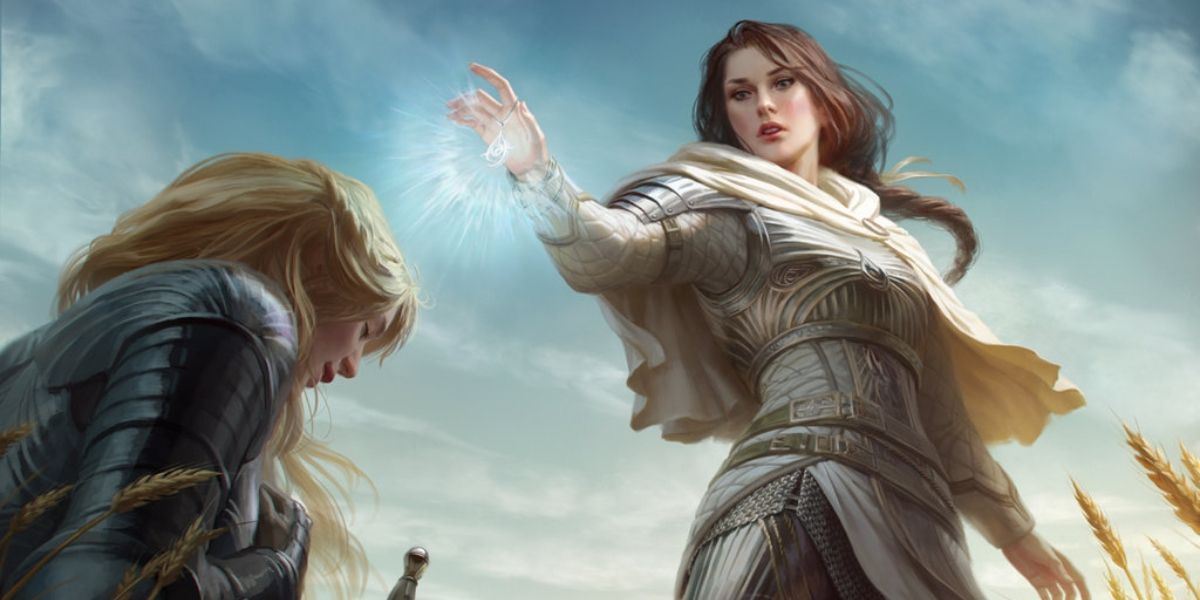
Dungeons & Dragons: Which Cleric Subclass Has the Best Channel Divinity Options?
Clerics can use special abilities when Channeling Divinity according to their Divine Domain -- but which subclass has the best options?14 Death Domain Clerics Channel Necrotic Damage
|
Death Domain Level |
Subclass Features |
|---|---|
|
1 |
Reaper |
|
2 |
Touch of Death |
|
6 |
Inescapable Destruction |
|
8 |
Divine Strike (necrotic) |
|
17 |
Improved Reaper |
The Death domain, like many of the example player options in the Dungeon Master's Guide, is a bit unpolished and unfocused. Martial weapon proficiency without heavy armor proficiency is unusual, and the domain's first and 17th level abilities are focused on spellcasting, while the weapon proficiencies, sixth and eight level features are built around weapon attacks. The domain's Channel Divinity option allows for huge bursts of necrotic damage, and at sixth level, that damage can't be resisted.
There are some decent domain spells, but in the end, the Death domain is surpassed by others that do the same things but better, so the Death Domain ranks last among the cleric divine domains. Players who like necromancy characters are probably better off building a School of Necromancy wizard instead.
13 The Nature Domain Cleric's Abilities Aren't Reliable
|
Nature Domain Level |
Subclass Features |
|---|---|
|
1 |
Acolyte of Nature |
|
2 |
Charm Animals and Plants |
|
6 |
Dampen Elements |
|
8 |
Divine Stirke (cold, fire, lightning) |
|
17 |
Master of Nature |
The Nature domain has abilities that can be good under the right circumstances, but these aren't reliable. Heavy armor is useful, but it clashes with the Druidic theming of the domain. The Druid cantrip gives access to Shillelagh, allowing the Cleric to attack in melee with their Divine Strike. They can stay close to other targets to give resistance to one of several types of damage, making Nature a decent frontliner. However, this build lacks scaling for support or for personal power. The domain spells have some useful options that fall off later in the game, and many of the good choices compete for concentration.
At 6th level, a Nature Domain cleric can use Dampen Elements, a decent way for the cleric to protect their allies from certain damage types. The affect damage types are fire, cold, acid, lightning, and thunder, so Dampen Elements is great against enemy spellcasters who use Evocation spells to deal damage. However, that's fairly situational, since plenty of foes use basic martial weapons or physical attacks like bites and claws to deal damage instead.
12 Knowledge Domain Clerics Have Skill Versatility
|
Knowledge Domain Level |
Subclass Features |
|---|---|
|
1 |
Blessings of Knowledge |
|
2 |
Knowledge of the Ages |
|
6 |
Read Thoughts |
|
8 |
Potent Spellcasting |
|
17 |
Visions of the Past |
The Knowledge domain provides skill versatility, giving a Cleric some fixed proficiencies and letting them use their Channel Divinity to gain temporary ones. It also comes with some useful domain spells. They excel at gathering information from both creatures and environments, however, the value of that information is entirely dependent on the Dungeon Master. A Knowledge cleric good at investigating, but the value of information varies from game to game. A player considering the Knowledge domain should ask their DM first to gauge whether these special features will be worth taking.
The Knowledge Domain puts unusual emphasis on using skills, as clerics aren't generally known for their incredible skills. Still, if a mission calls for investigating a mystery, this niche cleric domain just might help. Otherwise, this domain is fairly unimpressive, and even its 8th level feature, Potent Spellcasting, is only a minor damage buff, adding the caster's WIS modifier to their cleric cantrips.
11 Light Domain Clerics Get Some Strong Damage Spells
|
Light Domain Level |
Subclass Features |
|---|---|
|
1 |
Warding Flare |
|
2 |
Radiance of the Dawn |
|
6 |
Improved Flare |
|
8 |
Potent Spellcasting |
|
17 |
Corona of Light |
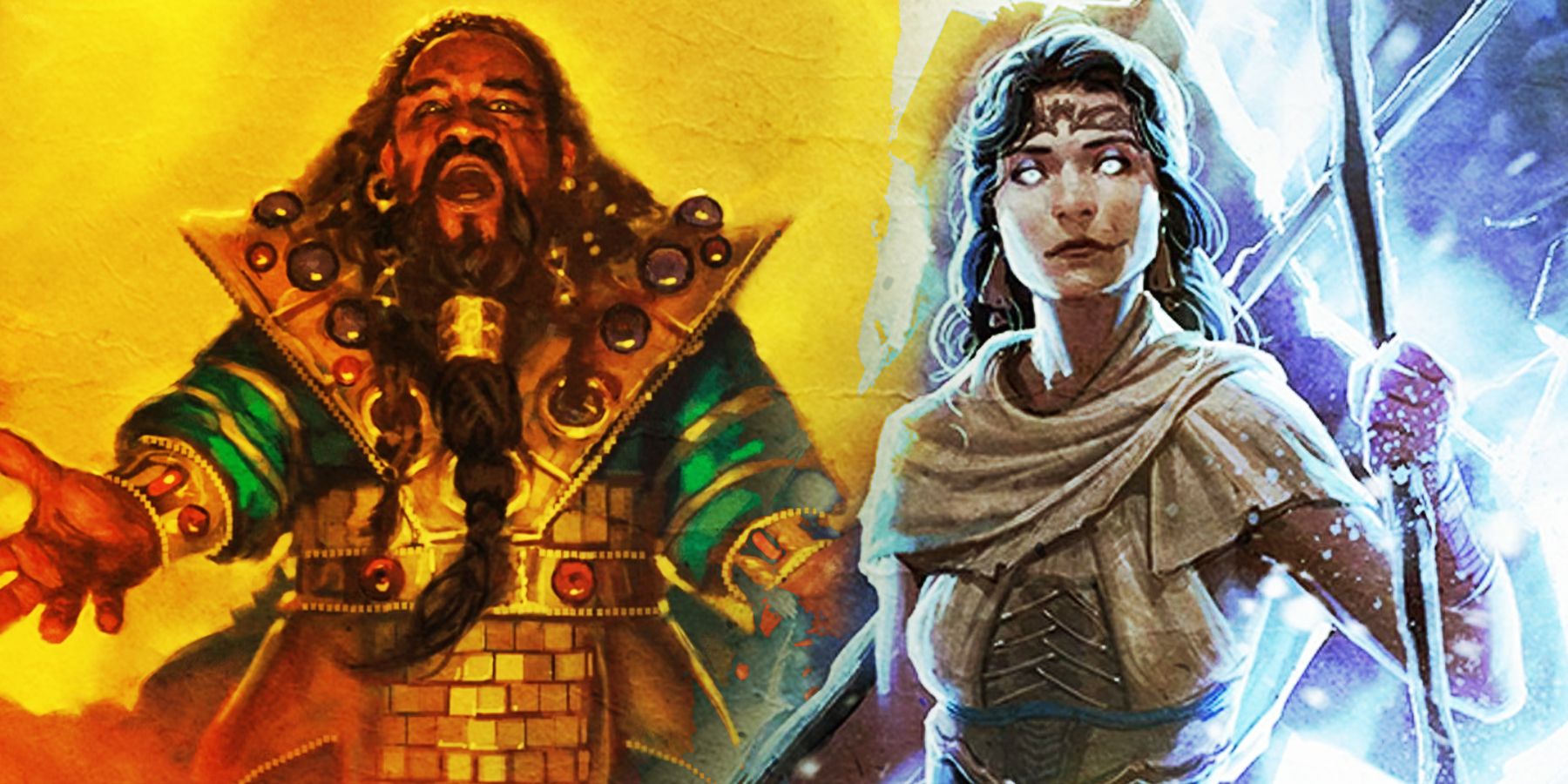
The 15 Best 5e Feats For Clerics In D&D 5e, Ranked
For clerics in Dungeons and Dragons, the best feats are those that bolster their healing potential or damage output.Light Domain clerics gain one thing the cleric spell list tends to lack: strong direct damage spells. This adds versatility to the class. The supporting features allow the Light cleric to impose disadvantage on nearby attackers and give enemies disadvantages against certain spells. However, this domain's blasting ability competes directly with its support spells, taking up both valuable spell slots and dominating the action economy in a fight where the cleric uses them. This domain lacks synergy with the way clerics are normally designed. For a player who doesn't mind the opportunity cost, though, being a cleric who can throw a Fireball can be reason enough to take this domain.
On defense, a Light Domain cleric can protect themselves with Warding Flare, available at 1st level. This feature uses the cleric's reaction to make a blinding flare of light, imposing disadvantage on the attacker. That's not bad, but ideally, clerics don't end up in harm's way anyway, with front-line tanks taking the brunt of the damage instead.
10 War Domain Cleric Weapons Capability Is Limited
|
War Domain Level |
Subclass Features |
|---|---|
|
1 |
War Priest |
|
2 |
Guided Strike |
|
6 |
War God's Blessing |
|
8 |
Divine Strike (variable) |
|
17 |
Avatar of Battle |
The War domain makes for a pretty good mid-line combatant, staying near the front lines to capitalize on their limited extra attacks while near enough to the back lines to support weaker characters and intercept enemies. Its domain spells offer strong boosts to weapon combat, and its Channel Divinity allows it to make sure those big damage dealers manage to hit their targets. That said, the War Domain cleric's capability with weapons is oddly limited by the long-rest cooldown on their extra attack option. Plus, being dependent on a high attacking and casting stat complicates builds. The War domain can do it all, but it can't do anything better than a specialist of another class can.
Players who still want to build a War Domain cleric are encouraged to make maximum use of this subclass's mediocre features to get ahead. For example, these clerics can use their bonus action to attack, allowing them to keep striking the enemy and feel like a martial class. That definitely calls for a good weapon, such as a magical mace or flail to make that feature worth it. Unfortunately, this subclass's best feature, Avatar of Battle, arrives at level 17 -- far too late for most campaigns.
9 Trickery Domain Cleric's Flaws and Strengths Counter Each Other
|
Trickery Domain Level |
Subclass Features |
|---|---|
|
1 |
Blessing of the Trickster |
|
2 |
Invoke Duplicity |
|
6 |
Cloak of Shadows |
|
8 |
Divine Strike (poison) |
|
17 |
Improved Duplicity |
The Trickery domain is strong, but it has some serious flaws that counter its strength. It has an incredible list of domain spells, offering strong defense and mobility options with a few spells that help in noncombat scenarios as well. It can give any one creature at a time advantage on stealth rolls, patching up a party's weak link or supercharging the rogue's infiltration. However, Trickery clerics suffer from a generally weak Channel Divinity. A "perfect illusion of yourself" that you control can be useful depending on how the DM interprets "perfect," and concentration makes it compete with stronger options.
Trickery Domain clerics can use Divine Strike at 8th level to add poison damage to their weapon strikes, but that's actually not saying much. A cleric like this shouldn't be focusing so much on weapon damage, and most veteran players know that poison damage is a terrible pick in D&D 5e. A stunning variety of monsters are resistant or immune to poison, blanking this class feature entirely.
8 Life Domain Clerics Are Intense Healers
|
Life Domain Level |
Subclass Features |
|---|---|
|
1 |
Disciple of Life |
|
2 |
Preserve Life |
|
6 |
Blessed Healer |
|
8 |
Divine Strike (radiant) |
|
17 |
Supreme Healing |
The Life domain is one of the quintessential cleric domains, and one of the few builds whose healing can potentially keep up with damage dealt in combat. Between increased healing, self-healing when targeting other creatures, damage mitigation via Warding Bond, and heavy armor to keep them safe, a Life Domain cleric can keep allies (and themselves) in a fight. That said, even with all the boosts, in-combat healing is typically inefficient.
Plus, while it doesn't hurt, the radiant damage boost to weapon attacks via Divine Strike will go largely unused in a Life Cleric build. The Life domain is a strong choice for a player who wants to play a healer, but it's limited by the design of the game. Players who choose this cleric domain might as well not use healing potions, since they can use healing so efficiently. Restoring an ally's HP will also heal some of the cleric's own HP, so these clerics don't have to sacrifice themselves to keep the rest of the party healthy. That Blessed Healer feature doesn't even cost anything -- it just happens.
7 Forge Domain Clerics Gain Major Armor Class Boosts
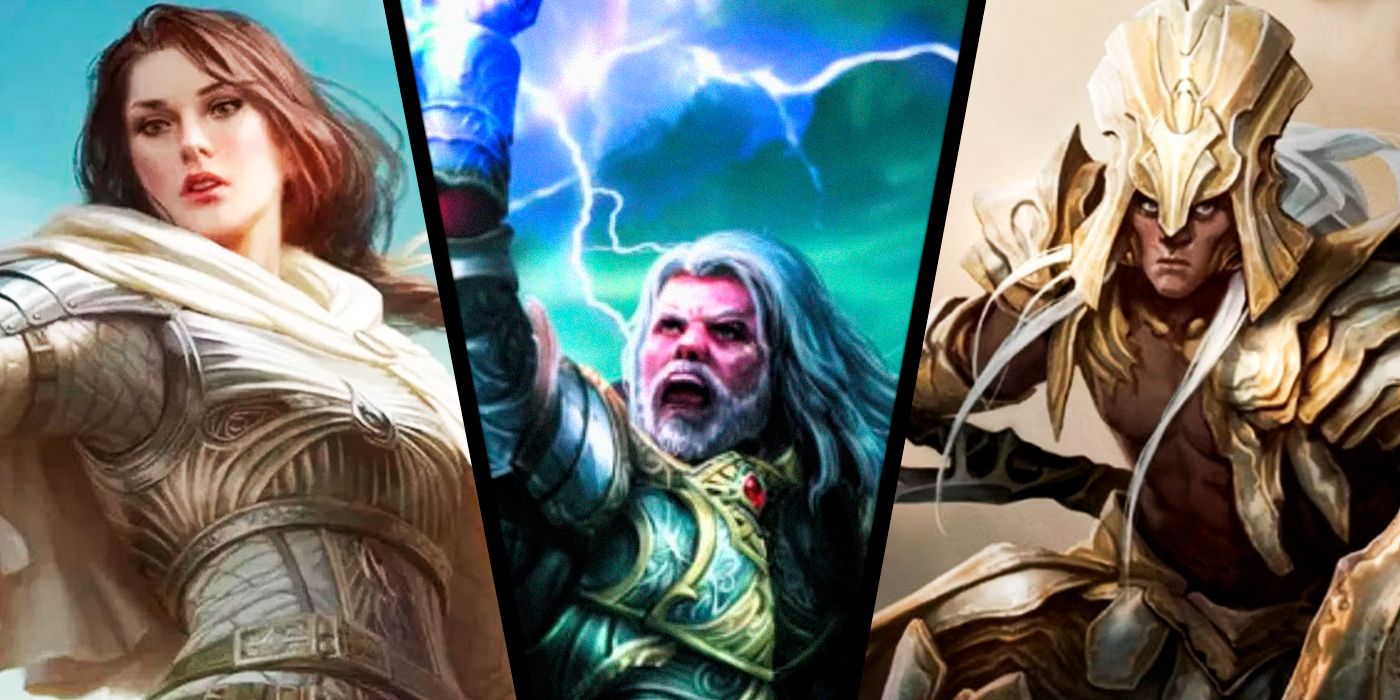
Every Cleric Multiclass Combo In D&D 5e, Ranked
Multiclassing can be a great way to give a Dungeons & Dragons character some extra options and narrative identity.|
Forge Domain Level |
Subclass Features |
|---|---|
|
1 |
Blessing of the Forge |
|
2 |
Artisan's Blessing |
|
6 |
Soul of the Forge |
|
8 |
Divine Strike (fire) |
|
17 |
Saint of Forge and Fire |

Every Cleric Multiclass Combo In D&D 5e, Ranked
Multiclassing can be a great way to give a Dungeons & Dragons character some extra options and narrative identity.Forge clerics have many powerful, simple abilities. They gain significant boosts to AC, as well as resistance (and eventually immunity) to fire, a very common damage type. These Clerics also have strong domain spells, useful item-crafting abilities and the proficiency they need to do all the forging the party could ask for. Sadly, though their resistance to fire is strong, it's a double-edged sword: many enemies also use fire, and much of the domain's spell list (as well as its Divine Strike) deal fire damage. This means that, in fights where the Cleric can make the most of their durability, they will likely also be unable to make the most of their damage or control options.
Aside from that, Forge Domain clerics can cast some cool spells like Protection From Energy, a flexible spell that can grant a target resistance to a chosen damage type. That's best used against a boss monster or even a mini-boss monster, so the protected creature can resist damage for several turns in a row for max efficiency. Wall of Fire, meanwhile, is a fine way to split an enemy group in two so the cleric's party can use divide and conquer tactics. It's not as foolproof as something like Wall of Force, but it's a start. All these cool features mean the Forge Domain ranks in the middle among all cleric domains. It's solid, but the best cleric subclasses can do even more.
6 Tempest Domain Clerics Gain Excellent Damage Types
|
Tempest Domain Level |
Subclass Features |
|---|---|
|
1 |
Wrath of the Storm |
|
2 |
Destructive Wrath |
|
6 |
Thunderbolt Strike |
|
8 |
Divine Strike (thunder) |
|
17 |
Stormborn |
The Tempest Domain is roughly even with the War Domain in melee ability, but it trades limited extra attacks for unique and useful domain spells that are further boosted by their other features. With a good damage type on its Divine Strike, strong battlefield control by pushing enemies or summoning fog clouds, and huge burst damage potential by using Channel Divinity to maximize the damage of Shatter or Destructive Wave, the Tempest cleric thrives in melee.
While casting spells and making attacks are generally mutually exclusive, Tempest clerics are able to embrace versatility, take hits, retaliate and eventually even gain flight as long as they're outdoors. Players may note that the Tempest Domain subclass has strong control elements even without needing spells like Hold Person or Banishment, since this subclass can physically push enemies around with powerful bursts of air. That helps keep melee monsters at bay and buy the team some breathing room.
5 Grave Domain Clerics Are Efficient Healers and Buffers
|
Grave Domain Level |
Subclass Features |
|---|---|
|
1 |
Circle of Mortality |
|
2 |
Eyes of the Grave |
|
6 |
Sentinel at Death's Door |
|
8 |
Potent Spellcasting |
|
17 |
Keeper of Souls |
Healing is most efficient when done to a character with 0 HP, and that's what the Grave domain does best. Grave clerics focus on healing, damage mitigation and boosting allies' damage -- and it does so in ways that don't impact thye cleric's own action economy. At high levels, they can heal the party for free just to kill a nearby enemy. Plus, the ability to give an enemy vulnerability to the next damage it takes is huge for Rogues, Paladins and Barbarians.
Effective at all levels, and deceptively tanky due to their ability to nullify critical hits and the ability to facilitate massive bursts of damage with allies, the Grave domain is a strong support option that can't go wrong. Grave Domain clerics also cast solid debuff spells like Ray of Enfeeblement that are best used on boss monsters, so the effects remain in place for more than 1-2 turns. Another cool debuff spell in this cleric domain is Bane, which can be cast early in the campaign.
4 Arcana Domain Clerics Gain Access to Wizard Spells
|
Arcana Domain Level |
Subclass Features |
|---|---|
|
1 |
Arcane Initiate |
|
2 |
Arcane Abjuration |
|
6 |
Spell Breaker |
|
8 |
Potent Spellcasting |
|
17 |
Arcane Mastery |
The Arcana domain has some exceptional abilities and spells. Though the Channel Divinity is situational, widening the Cleric's cantrip selection, dispelling spells on targets they heal, boosting the damage of cantrips gained from the Wizard list and gaining the cleric's choice of a sixth, seventh, eighth and ninth level spell from the Wizard's spell list are more than enough to make up for that. While Spell Breaker is the only ability that allows the Cleric to do something unique, that alone is extremely strong without impeding the Cleric's action economy.
The sheer versatility a caster gains by getting high level spells from another list makes this domain worth considering. In addition, this cleric domain offers the Arcane Abjuration option for Channel Divnity, a fine way to control any enemy. At first, this effect will turn the enemy and force them to flee, and starting at level 5, the effect is like the Banishment spell, minus the need for concentration.
3 Peace Domain Clerics Get Outstanding Buffs Without Spell Slots
|
Peace Domain Level |
Subclass Features |
|---|---|
|
1 |
Emboldening Bond |
|
2 |
Balm of Peace |
|
6 |
Protective Bond |
|
8 |
Potent Spellcasting |
|
17 |
Expansive Bond |
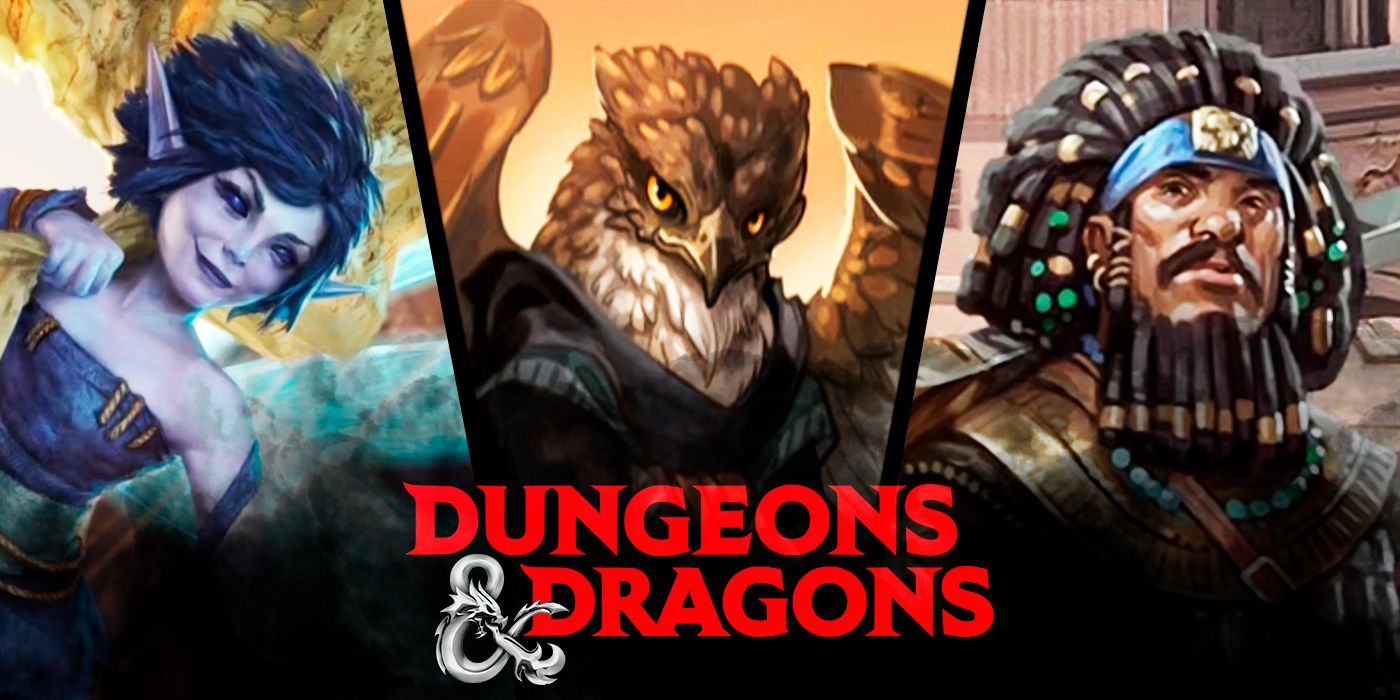
Dungeons & Dragons: 10 Best Character Races For Your Next Cleric
Dungeons & Dragons has several optimal races for making a D&D cleric, and each race may also lead to some fantastic roleplay opportunities.The Peace domain can transform a party from a disparate group of adventurers into a well-oiled combat machine. Though the domain spells are nothing major, Peace Clerics provide long-lasting buffs without spending spell slots from first level. As they progress that core ability only gets more impressive. The Emboldening Bond does suffer somewhat in that it forces the party to stick together, making them prime targets for area damage.
However, the Peace Cleric's Channel Divinity counters that weakness by allowing the Cleric to move without fear of attack, heal any ally they pass by and still have their normal movement remaining to reposition. When the Bond expands to a 60-foot limit at 17th level, that weakness is minimized and this already-good domain becomes truly great.
2 Order Domain Clerics are Effective Leaders
|
Order Domain Level |
Subclass Features |
|---|---|
|
1 |
Voice of Authority |
|
2 |
Order's Demand |
|
6 |
Embodiment of the Law |
|
8 |
Divine Strike (psychic) |
|
17 |
Order's Wrath |
The Order domain's features all-in tandem to accomplish one thing: bossing around everyone in the vicinity. That could lead to some amusing cleric roleplay for any player who likes a strong-willed character who can take charge of any situation. Able to provide extra attacks to allies from level one, charm and disarm creatures within 30 feet, cast enchantment spells as a bonus action a few times a day and curse enemies to take more damage from the next ally's attack, an Order Cleric commands the battlefield.
This domain's specialization in enchantment spells gives these clerics useful exploration and interaction tools as well, though the vast majority of this subclass' features are centered around making allies deal more damage and locking down enemies in combat. Still, dealing damage is the most efficient way to end a fight, and controlling enemies the second-best -- this domain does both.
1 Twilight Domain Clerics Are D&D's Strongest
|
Nature Domain Level |
Subclass Features |
|---|---|
|
1 |
Eyes of Night, Vigilant Blessing |
|
2 |
Twilight Sanctuary |
|
6 |
Steps of Night |
|
8 |
Divine Strike (radiant) |
|
17 |
Twilight Shroud |
Twilight Clerics enjoy a great selection of domain spells, extremely good darkvision that they can share with the party an amazing number of times, the ability to grant advantage on initiative rolls and healing and debuff removal that doesn't take the cleric's action economy. On top of all that, these clerics can fly as long as they're in dim light or darkness. Not a single feature of the Twilight domain is a dud, as even the most basic -- armor and weapon proficiencies -- are useful and work for a frontline, backline or in-between strategy.
The Twilight Domain's Channel Divinity is powerful in any situation. Called Twilight Sanctuary, this Channel Divinity can buff anyone standing within 30 feet of the Twilight Domain cleric, granting it one of two buffs at the end of that person's turn. They can get temporary HP equal to 1d6 plus the Twilight Domain character's cleric level, or ending a charmed or frightened condition on that ally. The former is useful in 100% of battles, giving the Twilight Domain a serious edge over all other cleric domains. As a bonus, this subclass's Divine Strike deals radiant damage, which few monsters can resist. Though all Clerics are strong by virtue of the base class alone, the addition of Twilight's abilities and spells elevate characters to greatness, marking this as the best among all cleric domains.
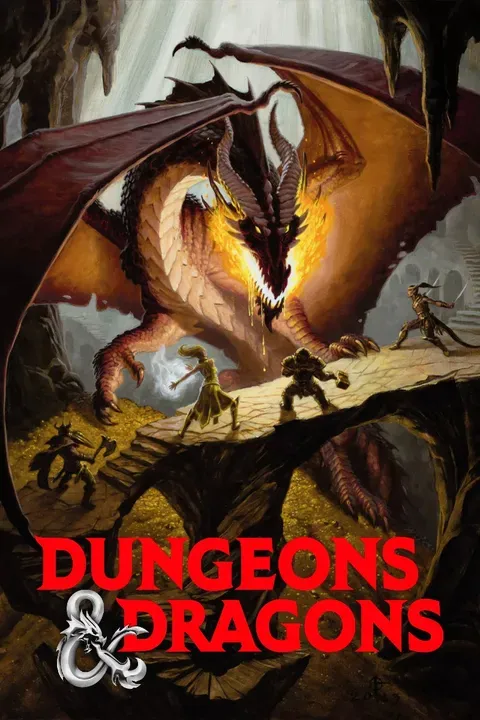
Dungeons and Dragons
A fantasy roleplaying tabletop game designed for adventure-seekers, the original incarnation of Dungeons & Dragons was created by Gary Gygax in 1974.
- Franchise
- Dungeons & Dragons
- Original Release Date
- January 26, 1974
- Publisher
- Wizards of the Coast , TSR Inc.
- Designer
- E. Gary Gygax , Dave Arneson
- Player Count
- 4-8 Players Recommended
- Age Recommendation
- 12+
- Length per Game
- 3 hours +
- Expansions
- Dungeons & Dragons 2nd Edition , Dungeons & Dragons 3rd Edition , Dungeons & Dragons 4th Edition , Dungeons & Dragons 5th Edition

